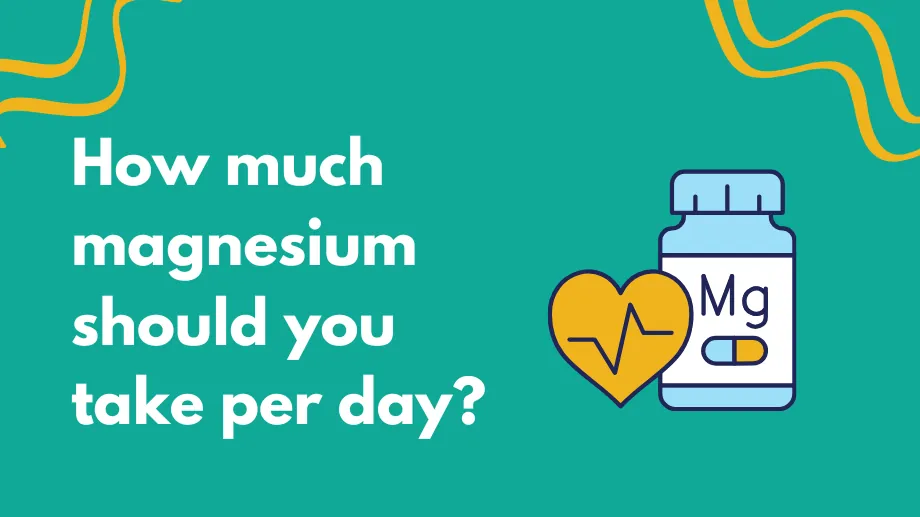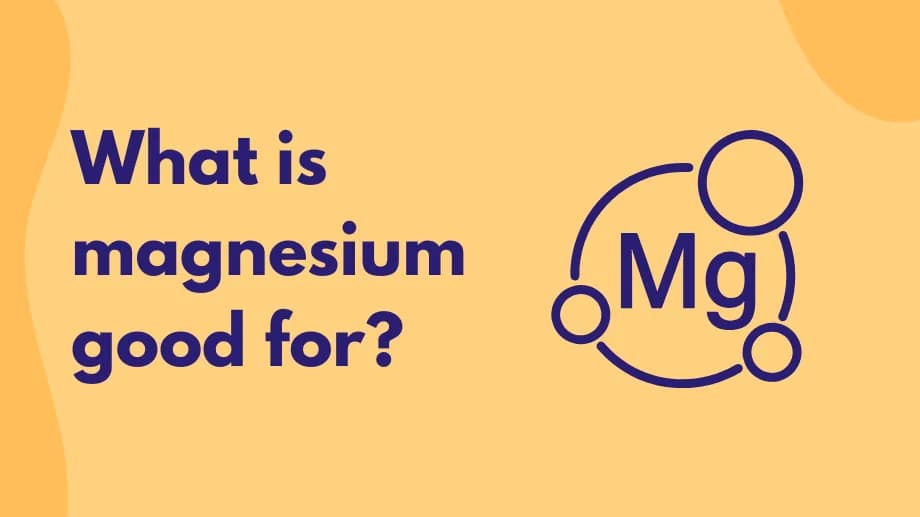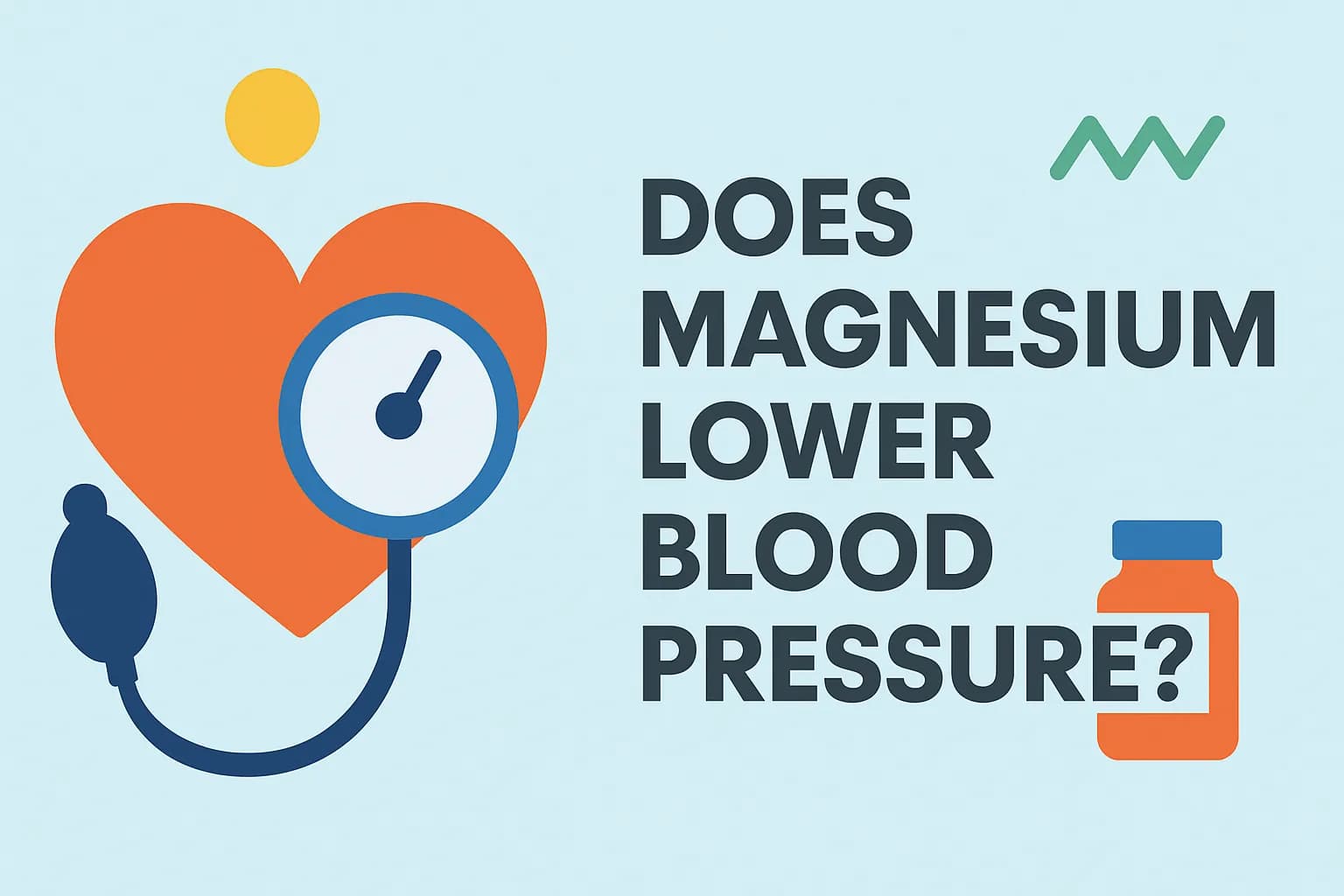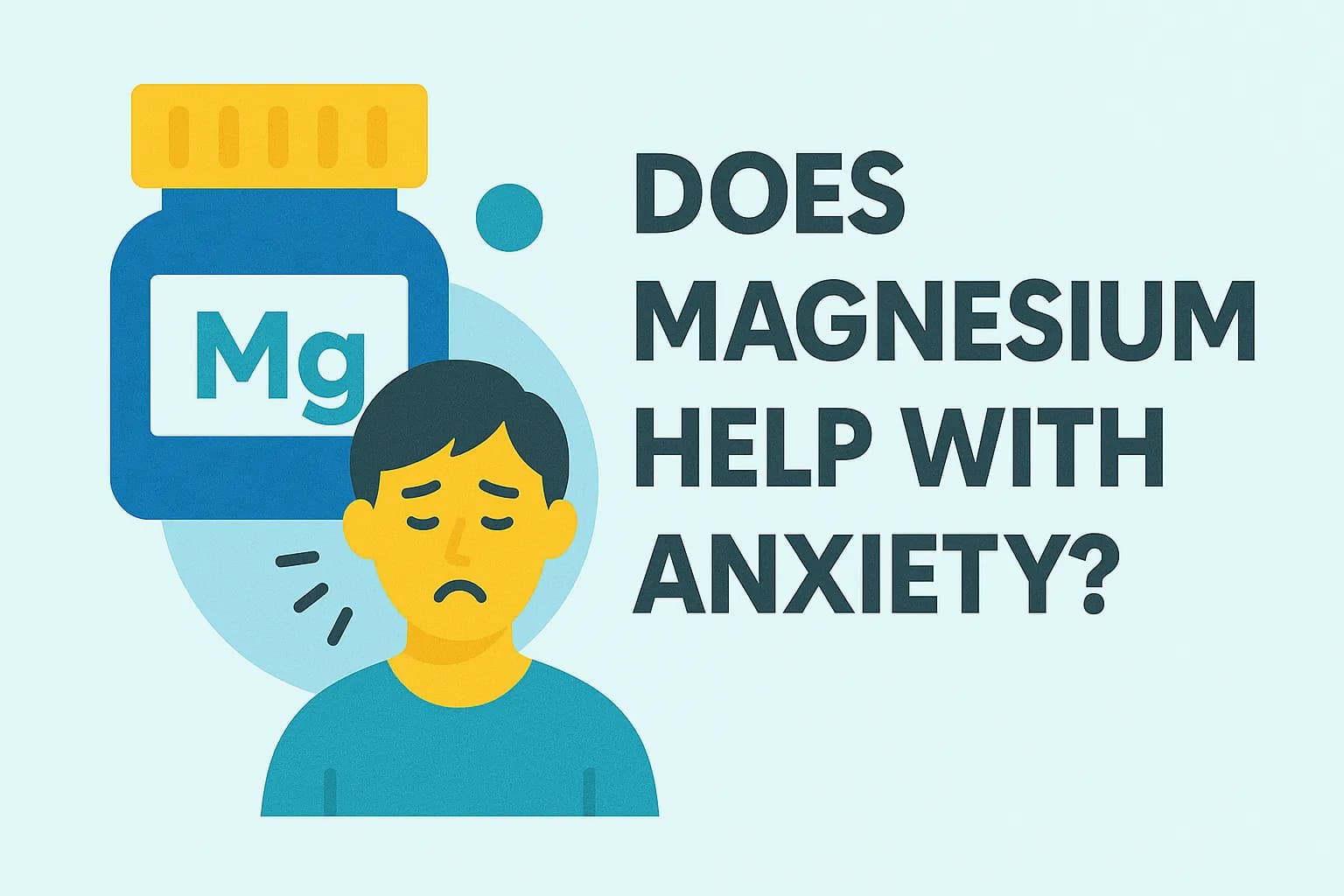How much magnesium should you take per day?

Why Magnesium Matters
Magnesium helps:
- Regulate blood pressure
- Keep bones strong
- Maintain normal heart rhythm
- Manage blood sugar
- Support protein and DNA synthesis
Magnesium deficiency symptoms may include muscle cramps, fatigue, weakness, loss of appetite, numbness, nausea, vomiting, and irregular heartbeat.
Who’s at Higher Risk?
- People with Crohn’s or celiac disease
- Type 2 diabetes
- Alcohol use disorder
- Older adults
- Parathyroid disorders
- Certain cancer or diabetes medications
- Kidney disease
Recommended Dietary Allowance (RDA)
Children
- 1–3 years: 80 mg/day
- 4–8 years: 130 mg/day
- 9–13 years: 240 mg/day
- 14–18 years: 360 mg/day (females), 410 mg/day (males)
Adult Females
- 19–30 years: 310 mg/day
- 31+ years: 320 mg/day
Pregnancy
- Under 19: 400 mg/day
- 19–30 years: 350 mg/day
- 31+ years: 360 mg/day
Breastfeeding
- Under 19: 360 mg/day
- 19–30 years: 310 mg/day
- 31+ years: 320 mg/day
Adult Males
- 19–30 years: 400 mg/day
- 31+ years: 420 mg/day
Health Benefits of Adequate Magnesium
- Exercise performance: moves blood sugar into muscles and reduces lactate buildup
- Mood support: may help reduce anxiety and depression
- Blood sugar control: linked to lower type 2 diabetes risk
- Heart health: may lower high blood pressure and stroke risk
- Bone health: supports bone density and calcium/vitamin D regulation
- Migraine relief: high doses (e.g., 600 mg) can help prevent or treat headaches
- PMS symptom relief: when combined with vitamin B6 may reduce mood and physical symptoms
- Sleep improvement: doses of 320–729 mg from citrate or oxide forms may aid insomnia
- Preeclampsia/eclampsia management: IV magnesium sulfate prevents seizures in pregnancy complications
Dietary Sources of Magnesium
Top magnesium-rich foods:
- Pumpkin seeds, roasted, 1 oz (37% DV)
- Chia seeds, 1 oz (26% DV)
- Almonds, roasted, 1 oz (19% DV)
- Spinach, boiled, ½ cup (19% DV)
- Cashews, roasted, 1 oz (18% DV)
- Peanuts, ¼ cup (15% DV)
- Shredded wheat cereal, 2 biscuits (15% DV)
- Soymilk, 1 cup (15% DV)
- Dark chocolate, 1 oz (15% DV)
- Black beans, ½ cup (14% DV)
- Edamame, ½ cup (12% DV)
- Peanut butter, 2 tbsp (12% DV)
- Baked potato with skin, 3.5 oz (10% DV)
- Brown rice, ½ cup (10% DV)
- Yogurt, low‑fat, 8 oz (10% DV)
- Fortified breakfast cereal, 1 serving (10% DV)
- Instant oatmeal, 1 packet (9% DV)
- Kidney beans, ½ cup (8% DV)
- Banana, 1 medium (8% DV)
Types of Magnesium Supplements
- Magnesium citrate: raises levels, mild laxative
- Magnesium oxide: antacid/constipation, lower absorption
- Magnesium chloride: well absorbed, topical use for sore muscles
- Magnesium sulfate (Epsom salt): bath soak for muscle relief
- Magnesium glycinate: may support calmness, anxiety, sleep
- Magnesium lactate: food additive, acidity regulator
- Magnesium malate: gentle, may help chronic fatigue
- Magnesium taurate: may support heart health (limited evidence)
Side Effects of Excess Magnesium
Common mild effects:
- Nausea
- Diarrhea
- Vomiting
- Abdominal cramping
Severe overdose risks:
- Very low blood pressure
- Slow heart rate
- Confusion
- Difficulty breathing
- Coma
- Heart arrhythmias or arrest
- Death
Sources
- Magnesium: Fact Sheet for Health Professionals. NIH. Accessed Sept. 16, 2024.
- Gröber U, et al. Magnesium in prevention and therapy. Nutrients. 2015.
- Rosanoff A, Costello RB, Johnson GH. Oral magnesium therapy for hypertension. Nutrients. 2021.
- Allen MJ, et al. Magnesium. National Library of Medicine. 2023.







